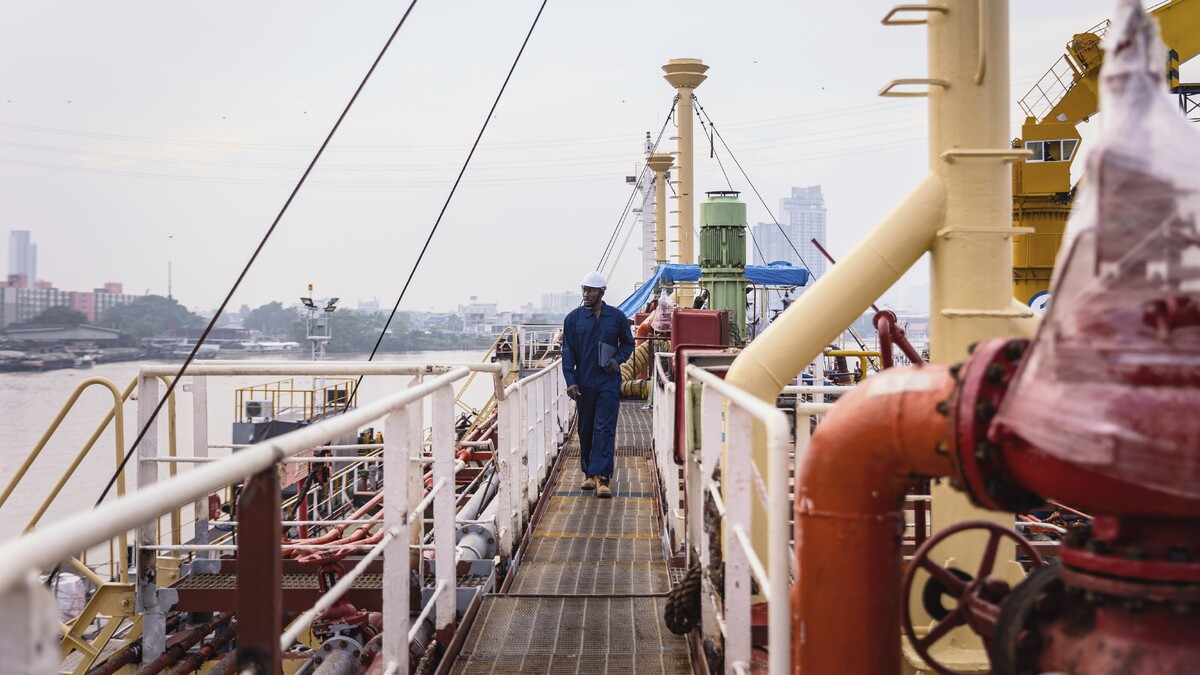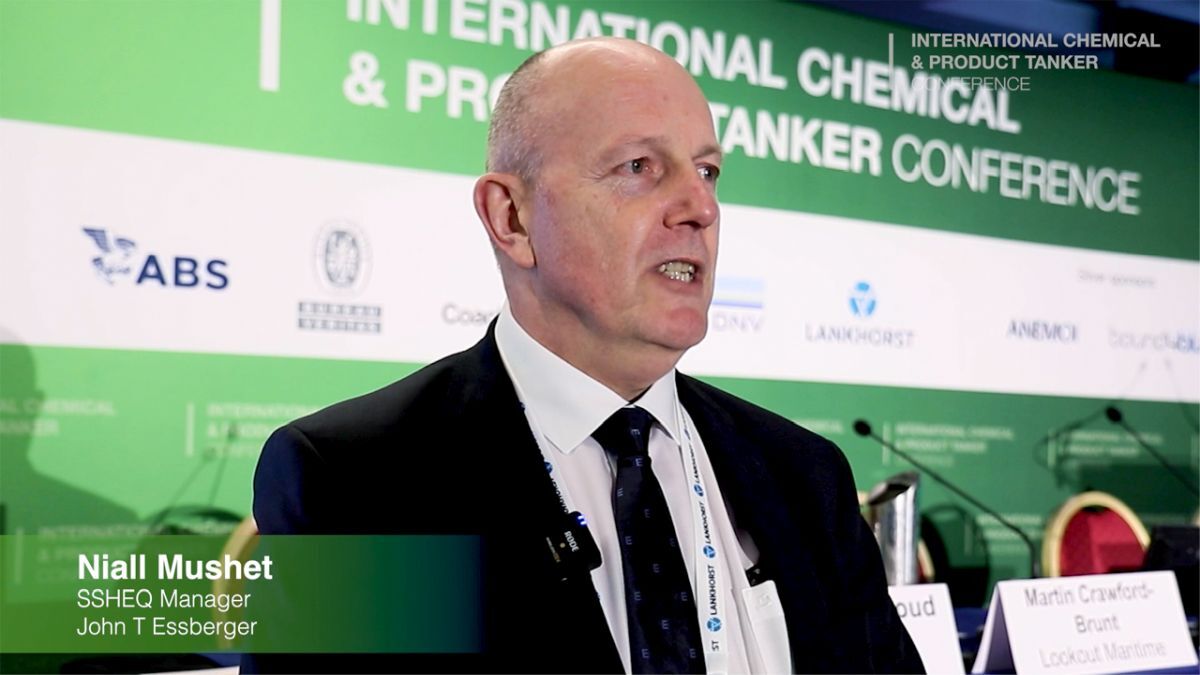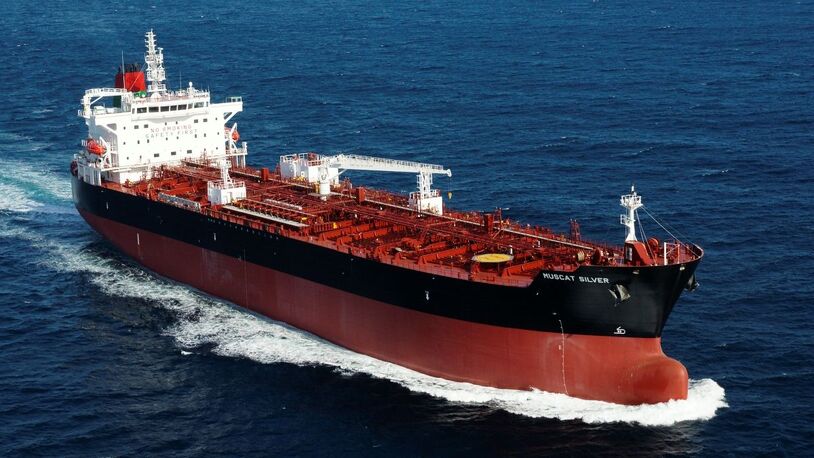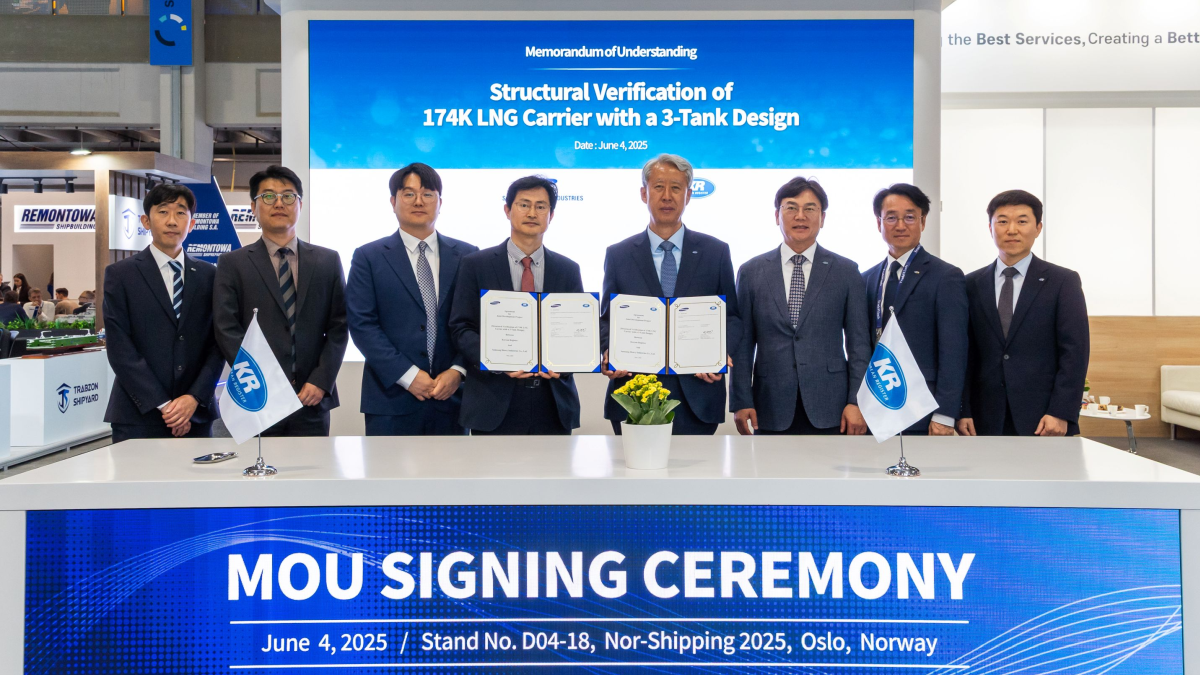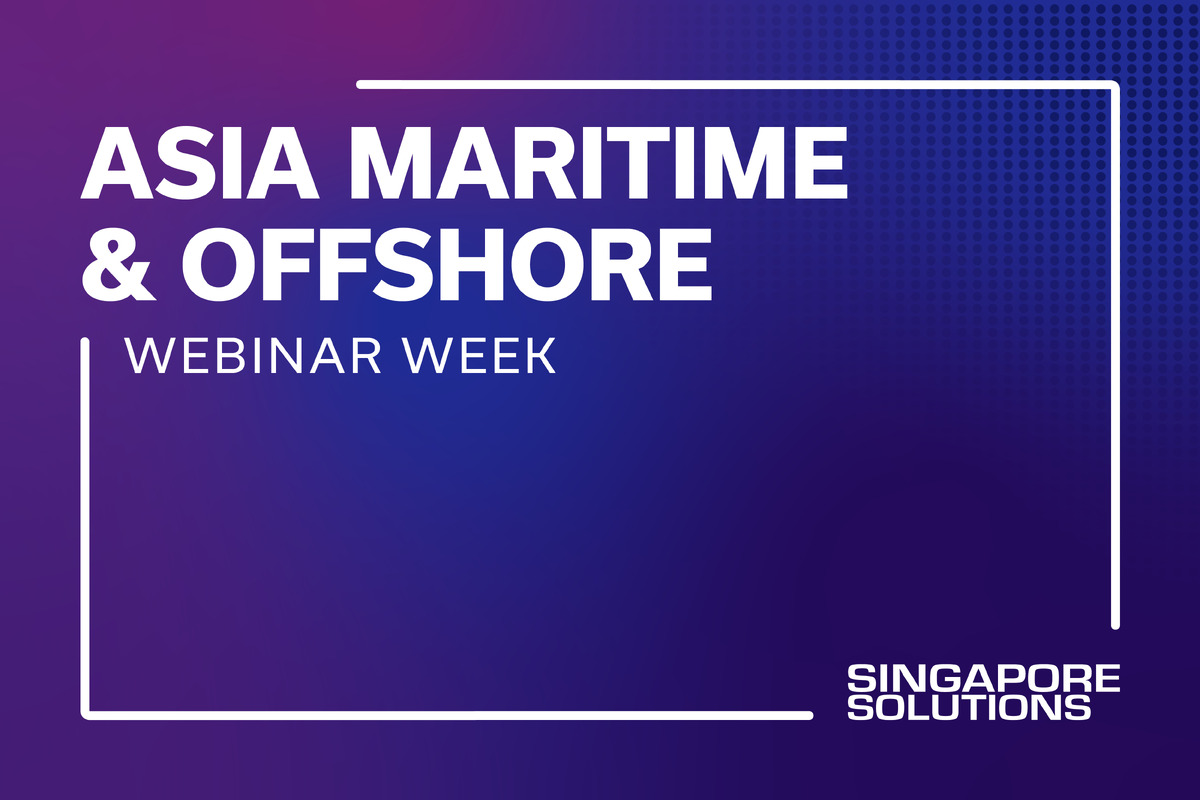Business Sectors
Contents
GdF ships log one year of dual-fuel service
Three Gaz de France-owned, Gazocean-managed LNGCs delivered over a year ago ushered in the new dual-fuel diesel propulsion era
Three Gaz de France-owned, Gazocean-managed LNGCs delivered over a year ago ushered in the new dual-fuel diesel propulsion era
The delivery of the 154,500m3 Provalys, the 74,500m3 Gaz de France energY and the 154,500m3 Gaselys in November 2006, December 2006 and March 2007, respectively, marked not only the entry into service of the first LNG carriers to be powered with dual-fuel diesel electric (DFDE) propulsion systems but also the start of a new era for Gazocean, the company charged with the crewing and technical management of the vessels, as well as the supervision of their construction.
Until Gaz de France (GdF) decided to order Gaz de France energY at the Chantiers de l’Atlantique yard (now Aker Yards France) in early 2002, and to specify a propulsion system never before used on an LNG ship, Gazocean’s involvement with LNG carriers was limited to the operation of two older GdF vessels, the 50,000m3 Descartes and the 40,000m3 Tellier, on the cross-Mediterranean run between Algeria and France.
Although Gazocean, which is 80 per cent owned by GdF and 20 per cent by NYK, gained experience of intensive cargo-handling operations and rapid port turnarounds through the running of these vessels, it was not familiar with the operation of large LNG carriers or the new technologies that the trio of DFDE ships would embrace.
Initially, Gazocean planned on a phased familiarisation process. Because the orders, also at Aker Yards France, for the two sister ships Provalys and Gaselys were not placed until November 2003 and July 2004, Gazocean expected that it would have gained almost two years of experience with Gaz de France energY in service before the delivery of the two larger ships.
In the event, however, things did not go according to plan. Besides the DFDE propulsion systems, the three new GdF ships also incorporate GTT’s pioneering CS1 membrane containment system, an amalgam of GTT’s existing Mark III and NO 96 membrane designs. At the time of Gaz de France energY’s initially scheduled delivery at the end of 2004 problems were discovered with the bonding of the secondary barrier elements in the ship’s new CS1 membrane containment system, necessitating major repairs and a two-year delay in the vessel’s final delivery. The construction schedules for Provalys and Gaselys were also disrupted due to the knock-on effects of the Gaz de France energY’s membrane problems and the need to modify the CS1 fabrication procedures on the bigger ships.
The end result for Gazocean was that it had to accommodate the delivery of the three new ships within the space of four months. In a presentation at Gastech 2008 in Bangkok on 10-13 March, Jean-Francois Castel, in charge of new project development at Gazocean, explained that the ship manager utilised the delay in the ships’ deliveries to refine its crew training programme, making use of facilities at the shipyard and the opportunity to gain firsthand experience sailing on Descartes and Tellier. NYK assisted in the recruitment drive by sourcing ratings and junior officers from the Philippines.
Senior French officers that had been trained in anticipation of a late 2004 entry into service for Gaz de France energY were encouraged to remain with Gazocean until the ship was to be commissioned, and were assigned to either other vessels, head office positions, yard site teams or GdF’s LNG activities.
The operation of the three new LNG ships over the first year of their operating lives has provided valuable experience for not only Gazocean but also Wärtsilä, the designer and manufacturer of the vessels’ DFDE propulsion systems, and the LNG shipping industry as a whole. Wärtsilä has orders to provide DFDE systems for 45 LNGC newbuildings and in recent months some further ships of this type have been delivered. However, the three GdF ships have accumulated by far the most DFDE experience.
GdF and other shipowners have chosen DFDE systems because they offer efficiency, safety, environmental protection, maintenance and commercial benefits over the traditional steam turbine propulsion systems used on LNGCs.
Mr Castel said that experience to date with the GdF ships has shown that gas consumption in the DFDE propulsion systems matches predictions. Provalys, for example, when in the laden condition, burns about 100 tonnes of LNG per day in its engines, in the form of unforced boiloff gas. This enables the ship to run at target service speeds of 18/19 knots and for the system to operate at an overall efficiency that is 25 per cent better than a steam turbine. If the ship speed drops below this level, excess gas boiloff is burnt in the ship’s pair of gas combustion units. When the ship is in ballast condition, a reduced amount of boiloff gas is available, necessitating the generation of forced boiloff to enable the ship to run at its service speed.
Jean-Francois Castel also told the Gastech delegates of the favourable feedback Gazocean has received from ship masters and chief engineers as regards the performance of DFDE ships during manoeuvring operations in port. DFDE systems respond much more quickly than steam turbines and increase the range of manoeuvring options.
The training of engine room crews is also reported to be more straightforward for DFDE ships than for steam ships, primarily because DFDE propulsion is in general more intuitive than steam. Nevertheless, there is a need for complementary training sessions with the suppliers of specific items such as engine control systems.
Maintenance is a more critical issue because diesel generators are in need of more maintenance than a steam turbine. After one year of ship operations certain items of machinery were coming up for their 6,000-hour overhaul as recommended by Wärtsilä. The scheduling of such work is critical for the continued good performance of these items.
Because the general nature of the GdF ships’ employment is on the more intensive, shorter haul routes where a relatively large amount of time is spent in port, Gazocean is pushing for some relaxation of the rules in certain ports which stipulate that no repairs can be carried out while the LNG carrier is berthed at the terminal. Because each ship is provided with four diesel engines, the resultant high degree of redundancy makes repairs to single units possible without compromising the smooth operation of the ship.
Being able to carry out engine room maintenance in port would facilitate smooth fleet operations by enabling the coordination of spare part deliveries and the embarkation of diesel engine technicians.
Jean-Francois Castel concluded his Gastech presentation by pointing out that, despite some difficulties linked to the innovative characteristics of these vessels, operational feedback for the three new GdF ships has been positive. In particular, DFDE propulsion systems have met expectations from both the technical and economics points of view. As a result of experience gained, Gazocean and Gaz de France have accumulated considerable expertise in the operation of DFDE propulsion systems. LNG
Related to this Story
Events
Reefer container market outlook: Trade disruption, demand shifts & the role of technology
Asia Maritime & Offshore Webinar Week 2025
Marine Lubricants Webinar Week 2025
CO2 Shipping & Terminals Conference 2025
© 2024 Riviera Maritime Media Ltd.

